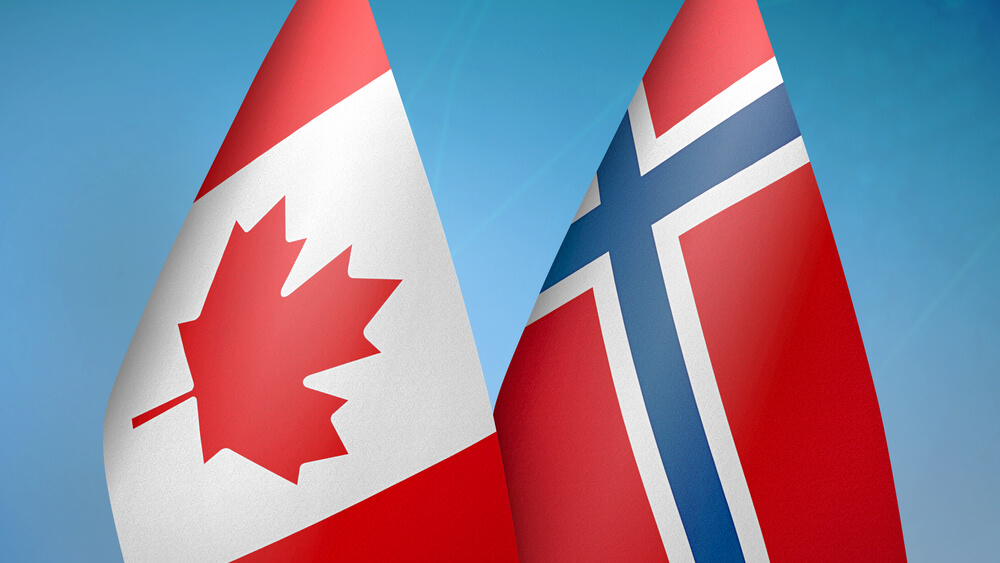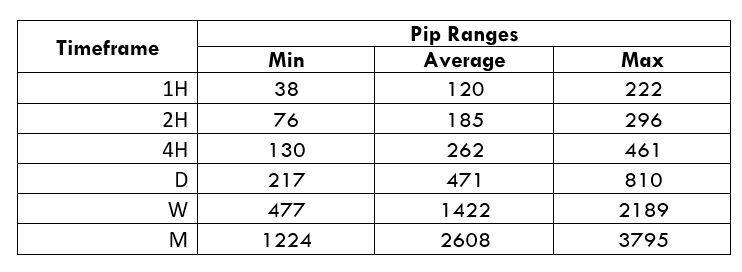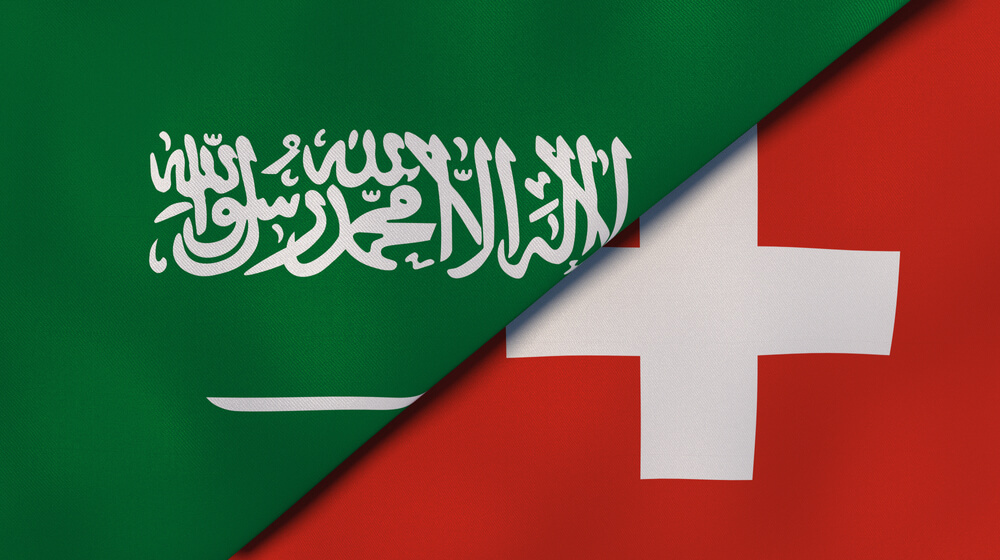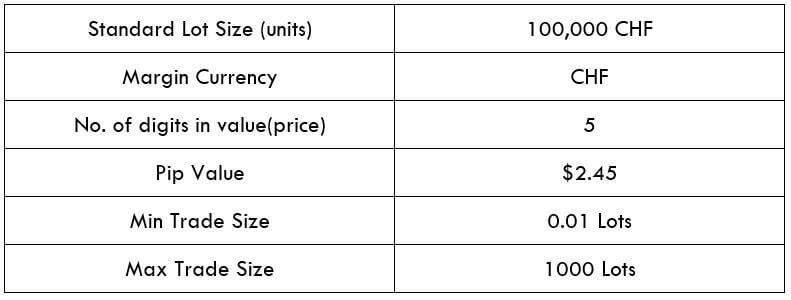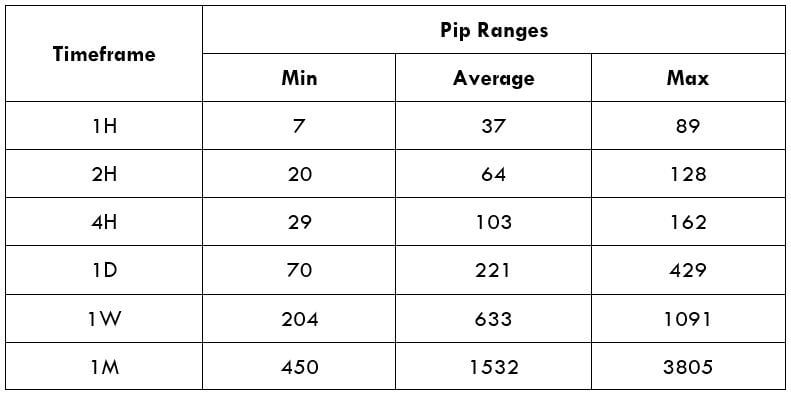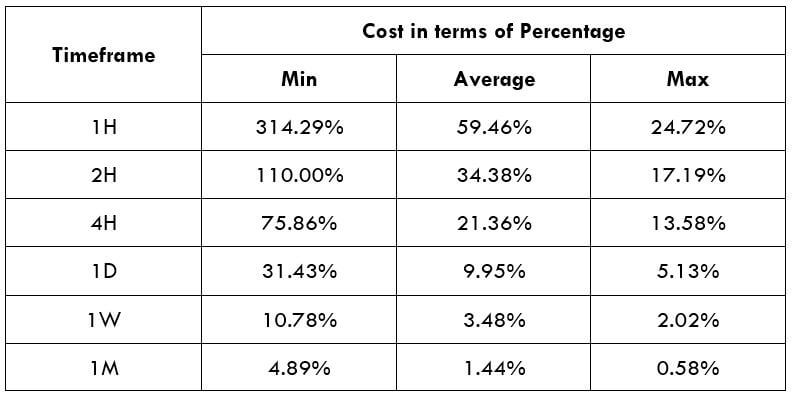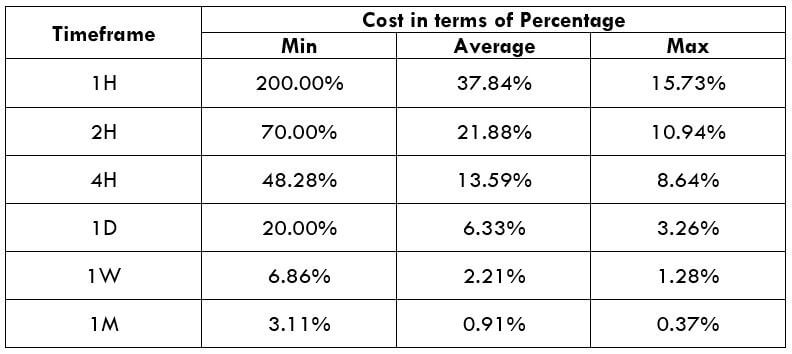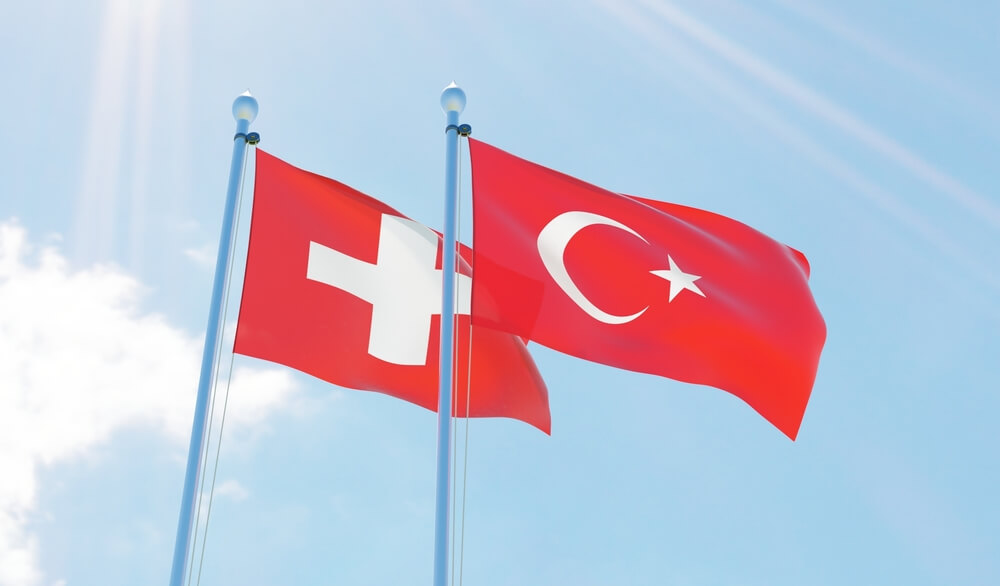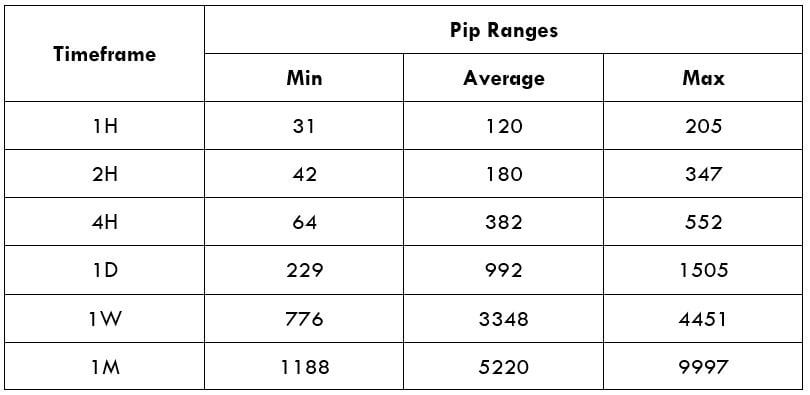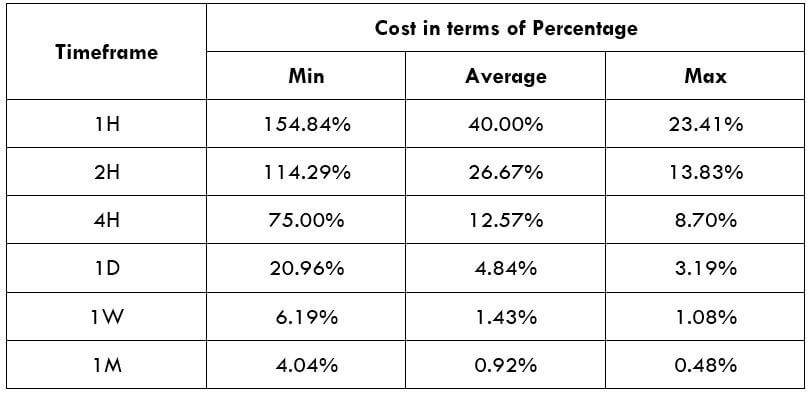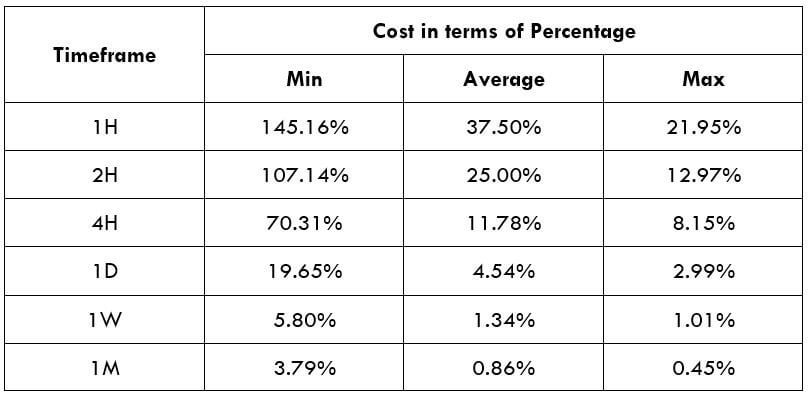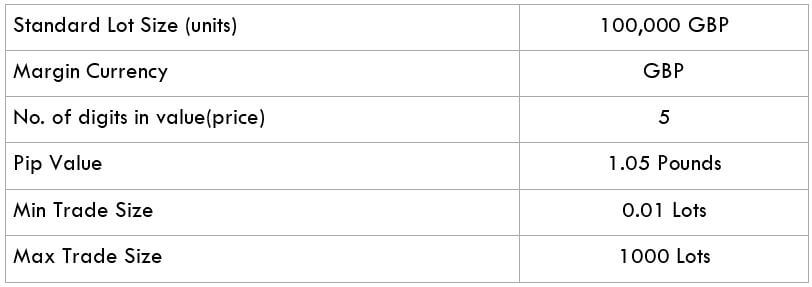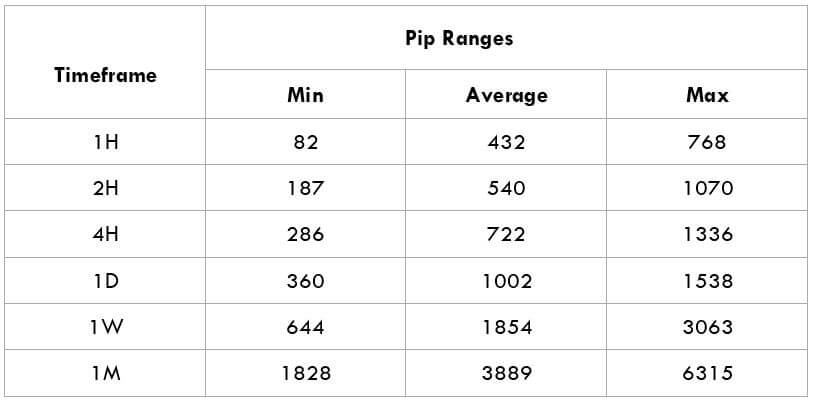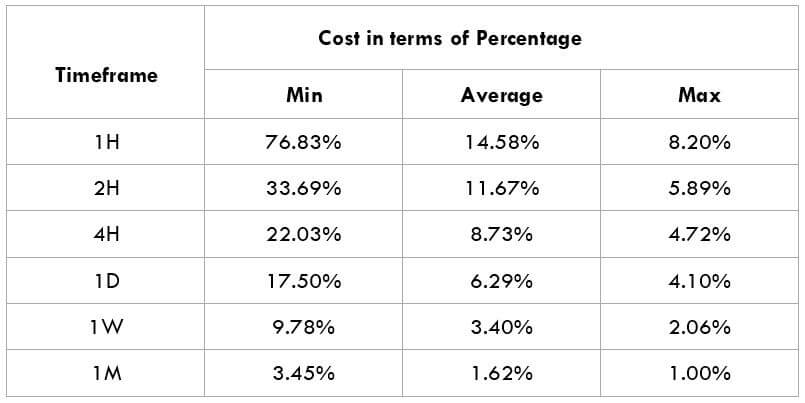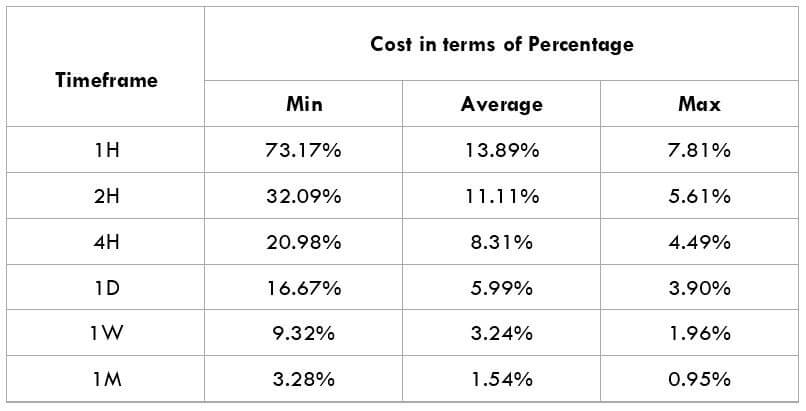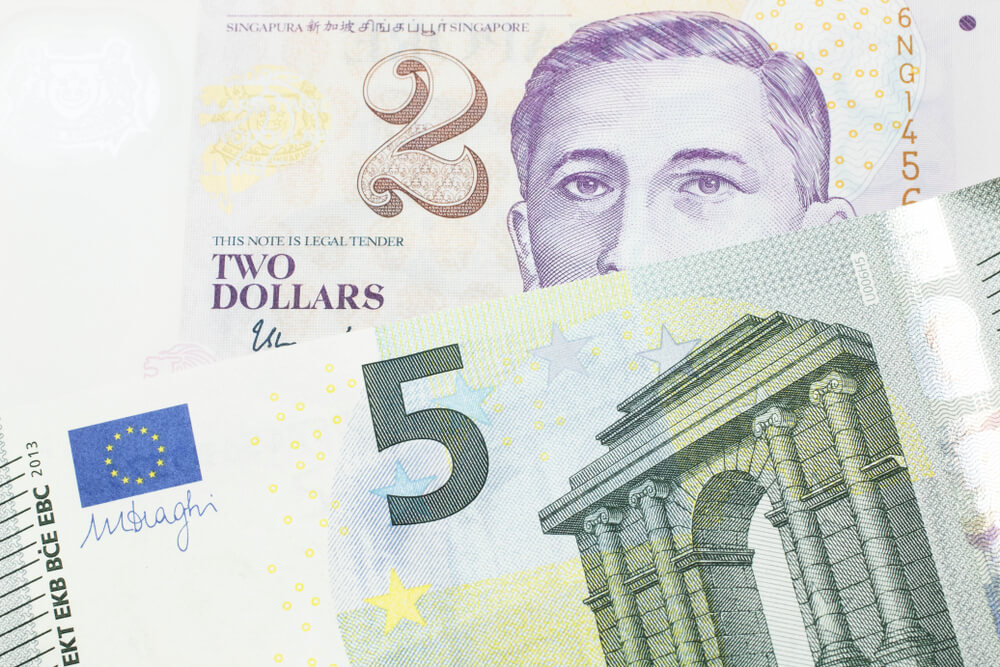When it comes to trading forex, from the outside it looks like it is a fantastic and quite straightforward way to make money. In reality, there are a lot of hidden costs that your broker may be adding to our trades. We are talking about spreads, commissions, swap charges, deposit fees, withdrawal fees, and more. All of these fees will add up over time and if you are not careful they can really eat into your profits. We are going to be looking at a few of the things that you can do that could help you to reduce the fees that you are paying and to help you save some of your profits from going into the broker’s profits.
Find the Right Broker
There are a lot of brokers out there, with so many being available, there is also a lot of variety when it comes to the fees that are being charged. Some have high, some have low and some do not have any, but you will need to weigh up the benefits between the fees and the features that you will receive. A broker with very low fees may not be offering the same features as one that charges higher fees. However, if you are paying too much on all fronts, then it may be time to look for another broker. There are industry standards when it comes to the fees, so if you are with one that is far higher than the rest of the market, then you should probably think about changing brokers and going for one with slightly lower overall fees.
Swap Charges
A swap charge is a fee that your broker charges when you hold a trade overnight, these charges are applied directly to the trade that is being held. You won’t find many brokers that do not have swap fees, but there are some out there and some brokers also offer Islamic accounts which do not have swap fees, but the spreads on those accounts are often higher. For many brokers there isn’t much you can do when it comes to the swap fees, they are something that you may need to accept, but you can of course reduce the amount of money that you are paying by trying to close out your trades before the cut-off point in the evening. You will need to weigh up whether it would be worth closing our trade early to avoid the swap or to accept the swap if your trade will make more profit.
Spreads
Spreads are a big one, the spread is the difference between the buy price and the sell price, if a broker has a big spread then the markets will need to move a lot more in order for you to make the same profit than you would with a broker with a lower spread. Brokers often offer different account types, accounts like ECN accounts will have generally lower spreads, so these accounts are good ones to go for If you have a high spread account, there is no harm in getting in touch with your broker to ask if they can lower your spreads, most can do this on an individual account and if you are a good customer of theirs, many will b happy to give a little discount to your spreads.
Commissions
The average commission being charged these days seems to be around $6 per lot traded. Some accounts have commissions and some do not, those without commissions often have large spreads as the commission is often charged as a way of reducing h spreads on the account. If you are being charged anything more than $6 per lot traded then you are most likely being ripped off, either look for a new broker with a lower commission or get in touch with your broker in order to ask that your commission is reduced, if you have a high trade volume with the broker, they will most likely be happy to reduce your commissions a little bit.
Deposit Fees
A bit of a dinosaur this one, but some brokers actually still charge for depositing money into your account, that is right, they charge you to put your money into their accounts. If your broker does this, get out, that is the only advice, there is no place in the forex trading world for brokers that charge you for putting your money into their account.
Withdrawal Fees
Just like the deposit fees, some brokers will charge to withdraw your money. This can be a bit of a pain especially if it is not advertised on the site. There are a few things that you can do, you could look for a broker that does not offer withdrawal fees, there are a lot of them out there but this can be a bit of a hassle, moving all your money into another trading account. You could also check which withdrawal methods are available as some brokers will charge for one method but not for another, so it may be worth changing the method used in order to use one of the ones that do not have a charge. If you are a big player, with a high trade volume, get in touch with your broker, some may be willing to waive any fees that you would otherwise have to pay for your withdrawals.
Rebates
You may have heard of rebates, this is a way of getting back a bit of the money that you are paying through your commission or spreads. There are a number of reputable companies out there that offer you rebates for your trades through a number of different brokers. You will have to sign up for a new account through their introducing broker link, but apart from that, it is a completely automated process. There are also some brokers that will offer rebates directly from them. There will often be a trade volume requirement on these rebates, but if you manage to achieve them, it will save you money getting back a percentage of the commission that you are paying, well worth it if the commissions and spreads are already quite low or at least in line with the industry standards.
Interest
Some brokers will offer you interest for simply having money in your account, a fantastic way to make a little extra money and to help counter the effects of the fees that you are paying. Of course, you are not going to be making thousands a month through interest, but even a few extra dollars per week or month will help to offset some of the fees that you are paying. There aren’t as many brokers offering this sort of thing, but if you are able to find one with other decent features and fees, then it is a great way of making a little more.
Those are some of the things that you can do to help reduce or counteract the fees that your broker may be charging. For many, there may be nothing you can do about them, but for others, it may be worth at least getting in touch with your broker in order to ask whether or not they can reduce any of the fees that you are being charged. There is no harm in asking and many brokers will be happy to offer you something new if you are a good customer of them.


